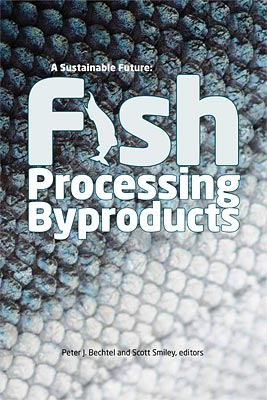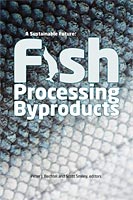
Fish gelatin: An unmet opportunity
J.M. Regenstein, P. Zhou, Y. Wang, and G. Boran
- Price: $1.50
 This is part of A Sustainable Future: Fish Processing Byproducts
This is part of A Sustainable Future: Fish Processing Byproducts| Format | Price | |
|---|---|---|
| PDF download [157.1 KB] | $1.50 | Add to Cart |
Description
Gelatin is a class of protein fractions that has no existence in nature, but is derived from the parent protein collagen, by procedures involving the destruction of crosslinkages between polypeptide chains of collagen and breakage of polypeptide bonds. Most commercial collagen and gelatin are obtained from bovine bone, bovine hide, and pork skin. In recent years collagen and gelatin obtained from seafood processing byproducts have drawn extensive interest, in part due to the requirements for kosher and halal food product development and consumer concern about bovine spongiform encephalopathy (BSE,"mad cow disease") in products from mammals as well as being a way to increase the economic return for the fishing industry. About 30% of the waste from fish processing after filleting consists of skin, bone, and scales with high collagen content that could be used to produce collagen and gelatin. The yield and properties of collagen and gelatin are influenced by the source of raw material, the nature of and concentration of acid or alkali used during pretreatment, the temperature and time of pretreatment and extraction, and other process variables depending on the details of the process selected. This chapter will review the various processes and properties obtained for fish gelatin.
Item details
- Item number: AK-SG-10-02c
- Year: 2010
- DOI: https://doi.org/10.4027/sffpb.2010.03



